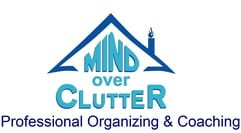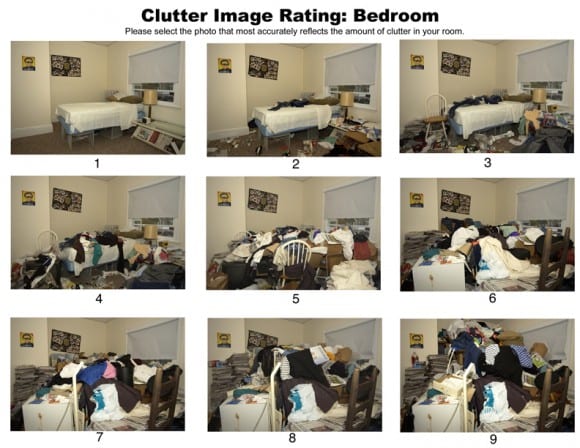An unwanted inheritance
For children of parents who hoard, the mess remains after their parents pass away.
Newsweek by Hannah R Buchdahl
“Greg Martin wasn’t sure what to expect when his mother died last May, forcing him to return to his childhood home for the first time in nearly 18 years. The house, located on a pleasant block in San Diego, had always been cluttered, but now it was virtually uninhabitable. “There were piles as tall as me, six feet or so,” Greg said. “Where there used to be floor, there were trails—a foot and a half high, so you’d be walking on stuff.” Greg was forced to navigate through piles of magazines, papers, and books, plastic bags filled with thrift-store purchases, expired medicine bottles and literally tons of clothes. The only “living space” was a small pocket by the front door, where his mother, a colorful and fiercely independent woman, had collapsed shortly before her death at the age of 83. Greg, who has taken a leave of absence from his job, expected that cleaning out the house would take six months. It’s now been eight—and counting.”
Relatives are forced to put grief on the back burner and the emotions that surface are usually anger, frustration, guilt and depression.
Books
This book can help you to better understand hoarding even if you are not a professional organizer.
Clutter Scale
It can help to get information so you better understand the situation. You can download a clutter scale at https://www.challengingdisorganization.org/clutter-hoarding-scale-
 ICD
ICD
The Institute of Challenging Disorganization also has resources available and a directory of Professional Organizers that can help a family member who hoards.
Share your stories with us in the comments.
 Julie Stobbe is a Trained Professional Organizer and Lifestyle Organizing Coach who brings happiness to homes and organization to offices, coaching you virtually using Zoom. She enjoys working with her clients to provide customized organizing solutions to suit their individual needs and situations. She reduces clutter, streamlines processes and manages time to help her clients be more effective in reaching their goals. Julie can coach you to break-free of the physical or emotional clutter constraining you from living life on your terms.
Julie Stobbe is a Trained Professional Organizer and Lifestyle Organizing Coach who brings happiness to homes and organization to offices, coaching you virtually using Zoom. She enjoys working with her clients to provide customized organizing solutions to suit their individual needs and situations. She reduces clutter, streamlines processes and manages time to help her clients be more effective in reaching their goals. Julie can coach you to break-free of the physical or emotional clutter constraining you from living life on your terms.
Contact her at julie@mindoverclutter.ca
X – Facebook – Facebook group Organizing Mind and Space


 ICD
ICD
I’m so glad you shared this. So often the true burden of hoarding falls on family members and children, either while they are living in the home or after they have moved out. It can be so hard as the child of someone with hoarding disorder to know how to proceed. It is a pernicious challenge. There are resources available, and I think that alone can be so encouraging. Great post!
It is important for families to feel that they are not the only one in this situation.
This is a wonderful resource, Julie. The article you shared really points out the difficulty family members face when confronted by their loved one’s hoarded home. The range of emotions is tough. They are forced to put grief on the back-burner and the emotions that surface are usually anger, frustration, guilt and depression. Judith’s book offers guidance and support for those family members. And, ways to offer assistance while their family members are still alive.
Thank you for raising the point that as well as dealing with the home they are also dealing with grief.
What great resources! The emotional impact on families when one member has hoarding behavior is undeniable. Judith Kolberg has been one of the pioneers in bringing attention to some of these issues along with many others.
I see that you shared her book as one of the resources, which is great. And you also shared a link to ICD’s Clutter-Hoarding Scale. That’s very helpful in determining parameters related to health and safety in a range of situations from regular, normal household clutter to severe hoarding situations.
The photos that you shared, the Clutter Image Rating, is not from ICD but was developed by Dr. Randy Frost and Dr. Gail Steketee (hoarding behavior research pioneers) and can be found in the “Compulsive Hoarding and Acquiring: Workbook.” I think the workbook been updated and I don’t know if the newer version includes the Clutter Image Rating.
Thank you for letting me know about the images.
Thank you for sharing these great resources. I agree that Judith Koldberg’s book is so helpful to many people, not just professional organizers.